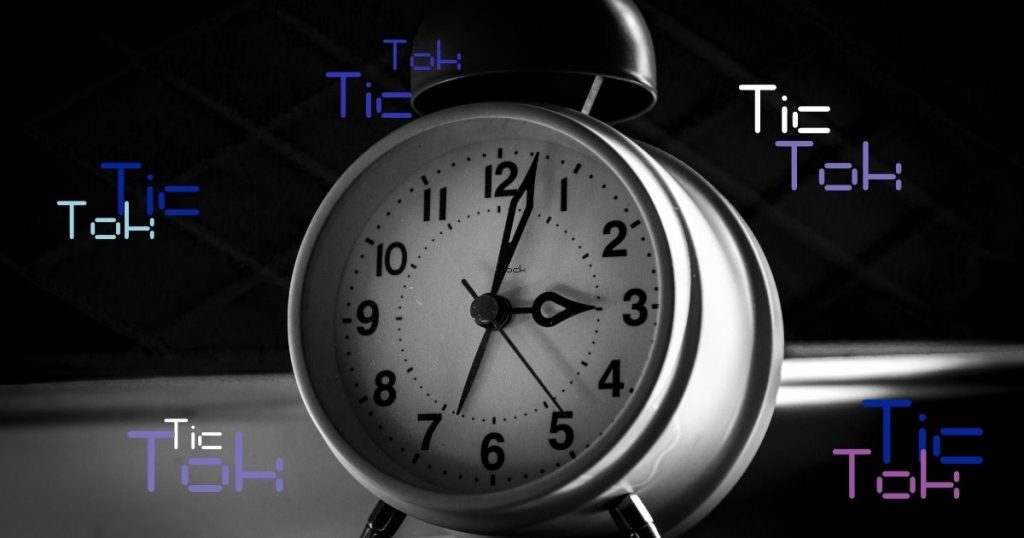What is EMDR? My Story & More
In the late 80’s at a therapists’ conference someone spoke about a new weird therapy that had to do with moving your eyes back and forth as someone waved a hand/fingers in front of you and presto! Your trauma was done. That was about as nuts as anything I ever heard. But for some reason I remembered it. After all, what did a relatively new therapist such as myself know? I was deeply entrenched with learning CBT at the time. When I went back to school to get my PhD a couple years later, I discovered, to my chagrin, we had to have so many mandatory hours of therapy in order to graduate. No, I could not get it waved from having to do mandatory therapy while at USC getting my MSW! Two things extra I certainly didn’t have in Grad School: time and money. But I figured if I had to comply, I would find someone who knew about this crazy eye movement therapy and find out for myself. But if you ever want to see someone with exam anxiety, look no further. That was me. End of second year or was it the third – there was a major exam coming up which we had to pass to move on into the PhD part of the program. I feared I would fail. Miserably. And I was miserable. So I figured ’d use my time and money to learn something about this weird process, and somehow, hopefully get over my exam anxiety enough to pass the feared exam, and in the process get my mandatory hours out of the way! And find out I did. Through major good luck, one of the students in my class knew a therapist who worked closely with Francine Shapiro, the woman who created EMDR. That psychologist’s schedule was tightly booked, but had a heart for grad students, and somehow found time for me… and threw in a discount on top of it!! So with my good fortune in mind, I drove off to my EMDR appointments. Well, here’s two things about me. 1.) I am not a crier. Nope. Not me. 2.) I would never ever ever go to a male for therapy! But there I was, sitting in a male therapist’s office. And then, when we got around to EMDR, three sets of Eye movements later, I’m crying my head off! And I didn’t care. Male. Tears. Bring it on. I cried about old stuff. Stuff that I had told myself about myself (being stupid, unworthy) and had bought into. I cried about how I let myself be treated as a consequence. For too many years. And in doing so I learned that exam anxiety is never just about the exam. At any rate, to cut a long story short, I passed my exam. Of course I was nervous going into it. That’s not the point. I wasn’t nervous enough to blank out. I just wanted to pass that darn test! It was pass/fail. The score didn’t matter. I didn’t look it up. I passed! And from there I went on to get trained in EMDR. Other than my CBT training, I have to say, it’s one of the best things I have done in my life to help in my work with others in distress. EMDR continues to evolve to this day, and with it, continued education. And so, what is EMDR anyway? It’s not a miracle drug. It’s not magic wand therapy! At this point in time, it’s one of the best hard core researched therapies around! Likely so because it sounded so kooky and the best defense was research! Evidence has piled up over the years to demonstrate that it works. At the same time, to say that anything works for everybody at anytime is a fallacy. Not anything (nor anyone) can be everything to all people. However, EMDR has helped myriads of people over the years. But what is it, you say? It is a therapy that Francine Shapiro developed after experiencing an alleviation in her own disturbing thoughts wherein the only difference was she had been moving her eyes side to side while taking a walk one day. Anyone less brilliant and curious might have dismissed this incident. Any anyone less courageous and full of guts would have given up given the amount of castigation she then had heaped on her for years thereafter. Let me hasten to say she eventually won top awards and recognitions and that EMDR has gone on to become one of the gold standards for PTSD and other traumas. Francine had stumbled across the fact that bi-lateral movement helps us to connect up both sides of our brains – the left side which is more analytical, and the right side which is more social, and that somehow, getting them to “speak” together” releases a lot of the trauma people hold deep within themselves, in body, mind and in spirit. At first, all that was understood was that helping the eyes to move back and forth in repeated motions was the singular way to process. But eyes are just one of our five senses. Later, it became understood that sound with inaudible right-left tones and touch, right-left movements, tapping, were just as helpful. Bilateral movements (BLS) replaced the word for EM not in the name of EMDR but in the description of the variety of ways to facilitate processing. Eight Stages But if you are going to see an EMDR therapist, know that there are eight stages to the process. Don’t expect to jump right into the bilateral movements. You can read a lot about it on internet; watch on You Tube, listen to podcasts, and hear first hand the experienced guru’s of the industry and learn for yourself. In my own experience of working with people with trauma, EMDR has been a life changer. Here are the 8 Stages below. They are not evenly measured out, nor do they need to
What is EMDR? My Story & More Read More »





